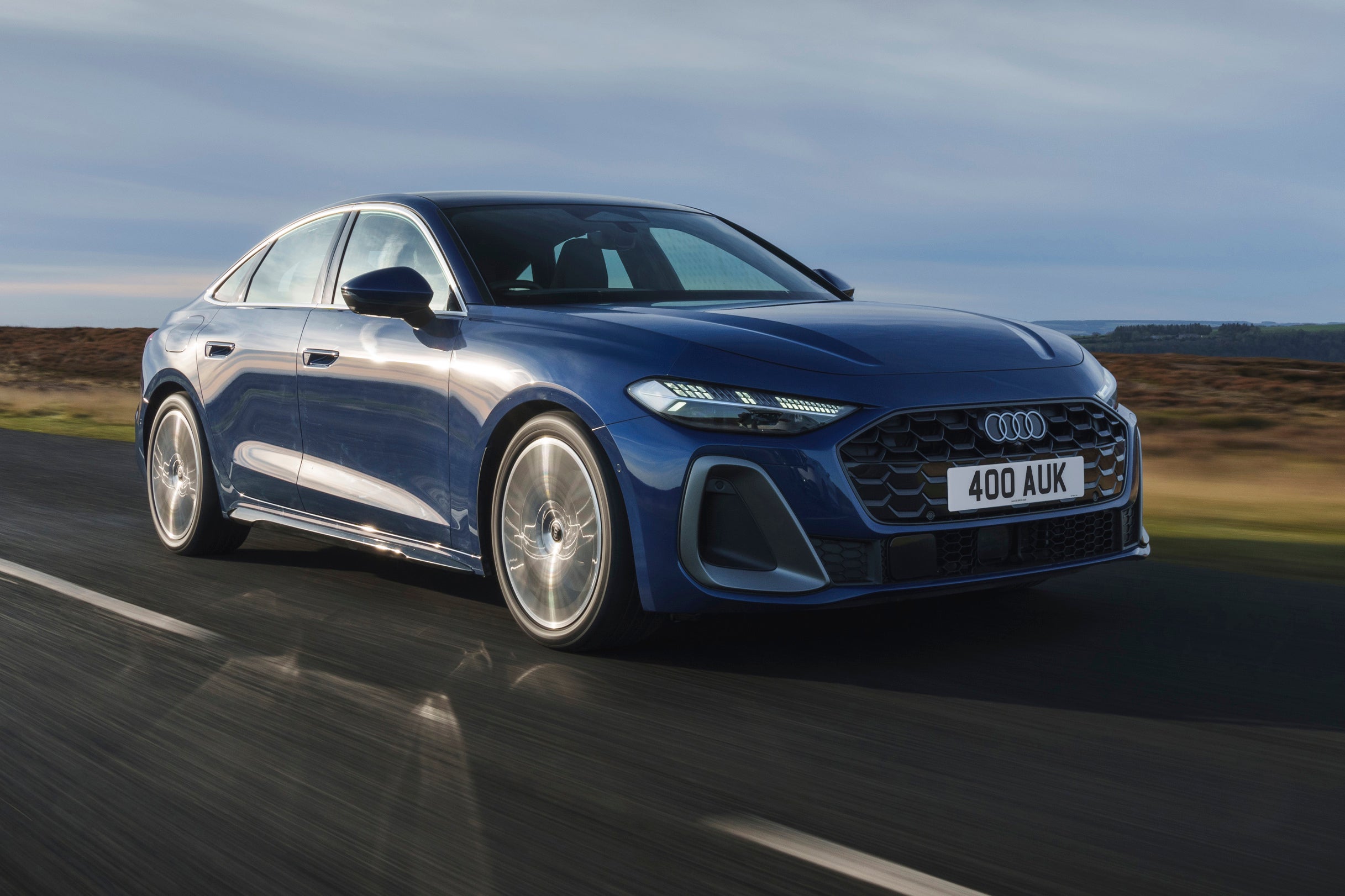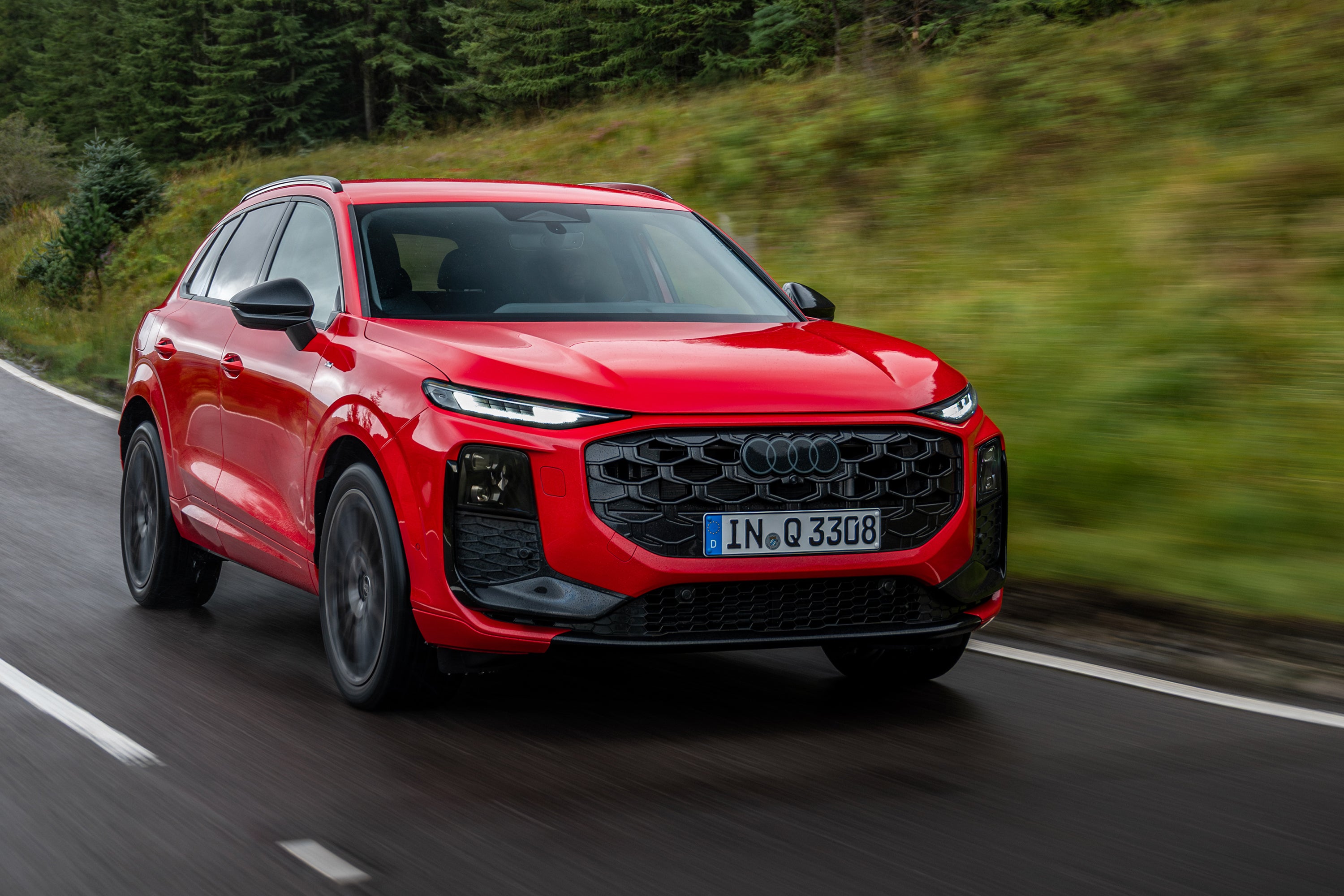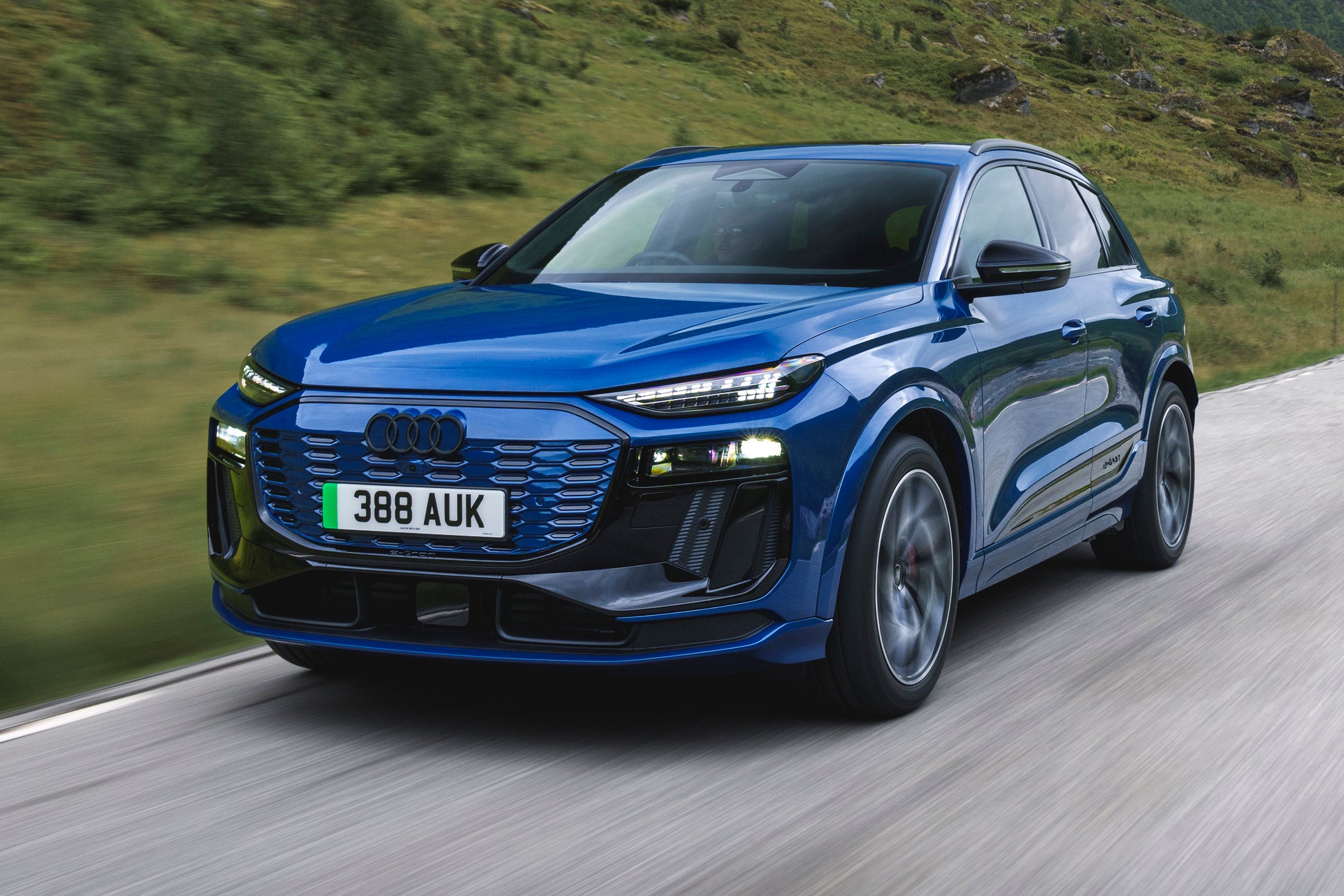
Audi's quattro four-wheel-drive system was born in motor sport, designed to give the firm's rally cars unerring traction in all weather conditions.
It was so successful that, by the late 1980s, the technology had filtered down to the firm's road cars, making quattro a defining feature of the brand. But what exactly is Audi quattro, and how does it work?
What is Audi quattro?
Audi 'quattro' – Italian for 'four' – is Audi's four-wheel-drive system. It was originally proposed in 1977 by Audi chassis engineer Jörg Bensinger after he'd seen how dominant a Volkswagen Iltis – a four-wheel-drive military car – was in slippery conditions compared to its two-wheel drive competitors.
Bensinger fitted the original quattro system to an Audi 80 test mule, before it was fitted to Audi's new Quattro rally car. It would go onto dominate the World Rally Championship so much so that competing manufacturers were forced to fit their own four-wheel drive to their cars. The Audi Quattro passenger car came out in the 1980s and showed the world the value of four-wheel-drive traction on the road. Today, almost all Audi models are available with quattro.
How does Audi quattro work?
The way the Audi quattro system works depends on the way a car's engine is mounted – longitudinally or transversely – or if it's an electric car.
Audis with a longitudinally mounted engine – such as the A5, A6, A8 and R8 – have a four-wheel drive system that mirrors the four-wheel drive fitted to the original Quattro sports car. There are variations for each model, but in basic terms, this system feeds power to all four wheels all of the time. In an A4, for example, the power split is typically 40/60 (front to rear) for balanced traction, while an Audi R8 can send up to 85% of its power to the rear wheels for a more dynamic driving experience.
Audi's with a transversely mounted engine, such as the A3, Q3 and TT, have a part-time four-wheel-drive system driving primarily the front wheels until slip is detected, at which point power is sent to the rear wheels via a clutch. This setup improves efficiency and saves on fuel, but doesn’t provide the seamless traction of Audi's larger models.
Electric Audis, like the Q4 E-tron, operate in a different way. Instead of using a central differential to send power front or back, these cars have separate motors on the front and rear axles. This enables near-instantaneous power distribution between the wheels for improved grip and response times faster than traditional mechanical systems.

What are the advantages of Audi quattro?
Audi's quattro four-wheel drive system is designed to give you more grip on slippery roads. It's worth considering if you live somewhere that suffers from frequent bouts of extremely cold weather or if you live somewhere rural, where farm machinery often leaves mud strewn across the road. Even on wet roads, quattro will make your Audi handle more predictably.
Its key benefits include improved traction, reducing the risk of wheelspin, as well as enhanced performance in sportier models like the RS3 and RS4, letting them harness their high power outputs more effectively.
The quattro system is also invaluable for cars that can go off-road. It's standard on most of Audi's SUVs – including the Q5, Q7 and Q8 – which makes them well suited for rough terrain.
If you regularly tow a caravan or trailer, quattro is again a worthwhile upgrade because it increases towing capacity and stability. For example, on a Q3 35 TDI, adding quattro four-wheel drive increases your towing weight to 2200kg compared to the 2000kg that a front-wheel drive 35 TDI can manage.
What are the disadvantages of Audi Quattro?
One of the big disadvantages of buying an Audi with quattro is added cost – a quattro-equipped car can be several thousands of pounds more than an equivalent non-quattro car when new.
Choosing quattro will also increase running costs, because the extra weight and complexity burns through more fuel. And with more complicated mechanical components to look after, maintenance and service costs can be higher, too.
For these reasons it's worth asking: do you really need quattro? It's nice to have but more costly, and it's worth noting that a two-wheel drive Audi with winter tyres will have more grip in ice and snow than a four-wheel drive Audi with summer rubber.
Both Audi quattro and BMW xDrive are excellent four-wheel-drive systems, but they operate differently. Audi quattro give you a more traditional full-time AWD experience with consistent traction and handling stability, and it's great for snowy and wet conditions.
BMW xDrive is a more adaptive AWD system that prioritises rear-wheel drive characteristics to offer a more engaging driving experience. Which is better depends on your priorities – quattro is ideal for all-weather traction, while xDrive offers a sportier feel.
Yes, in models with longitudinal engines (such as the A4, A6, A8 and R8), quattro is a full-time all-wheel-drive system that constantly distributes power between the front and rear axles. In transversely mounted engine models (like the A3, Q3 and TT), quattro functions as an on-demand system, driving the front wheels until extra grip is needed.
In most Audi models, quattro is always active and can't be switched off. However, performance models like the Audi R8 feature a drive mode selector that can shift the power bias heavily towards the rear wheels to simulate rear-wheel-drive handling. Some models also have traction control settings that will let you have more wheel slip during more spirited driving.
Audi models available with quattro four-wheel drive
Recommended cars for you
Audi Q545 TFSI Quattro S Line 5dr S Tronic
202042,057 milesPetrol£383 moor £24,433£25,291
£858 offNG51EAAudi Q550 TFSI e Quattro Black Edition 5dr S Tronic
202069,150 milesHybrid£343 moor £22,409£22,999
£590 offSO303DSAudi Q540 TDI Quattro Sport 5dr S Tronic
202234,552 milesDiesel£393 mo£27,630
GU11RUAudi Q52.0 TDI Quattro Edition 1 5dr S Tronic
20252,889 milesDiesel£635 mo£51,790
PR22JZAudi Q540 TDI Quattro S Line 5dr S Tronic
202148,894 milesDiesel£407 mo£27,295
AB123JGAudi Q550 TFSI e Quattro Black Edition 5dr S Tronic
202323,815 milesHybrid£531 moor £37,452£39,957
£2,505 offSW191JZAudi Q545 TFSI Quattro S Line 5dr S Tronic
202317,291 milesPetrol£471 moor £33,301£34,943
£1,642 offDE248JGAudi Q550 TFSI e Quattro Black Edition 5dr S Tronic
20254,630 milesHybrid£665 mo£44,000
HG58PY
More car features explained
With lots of abbreviations and tech to get your head around, our expert guides explain all.


